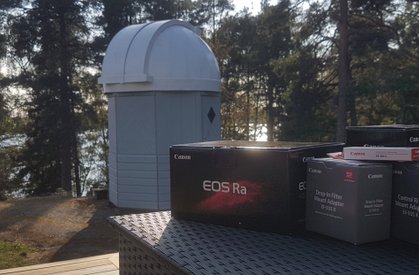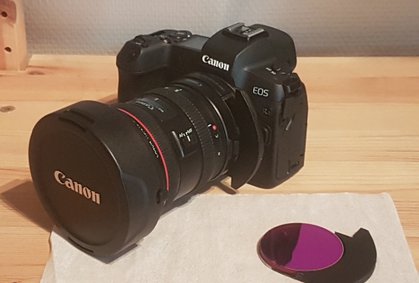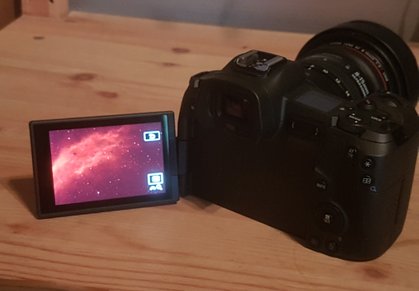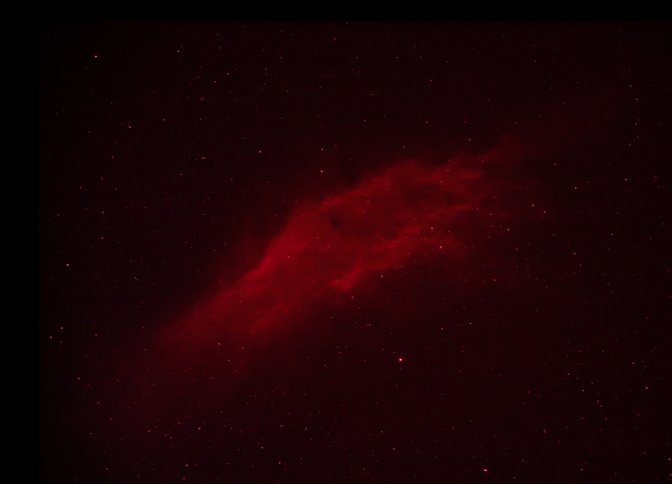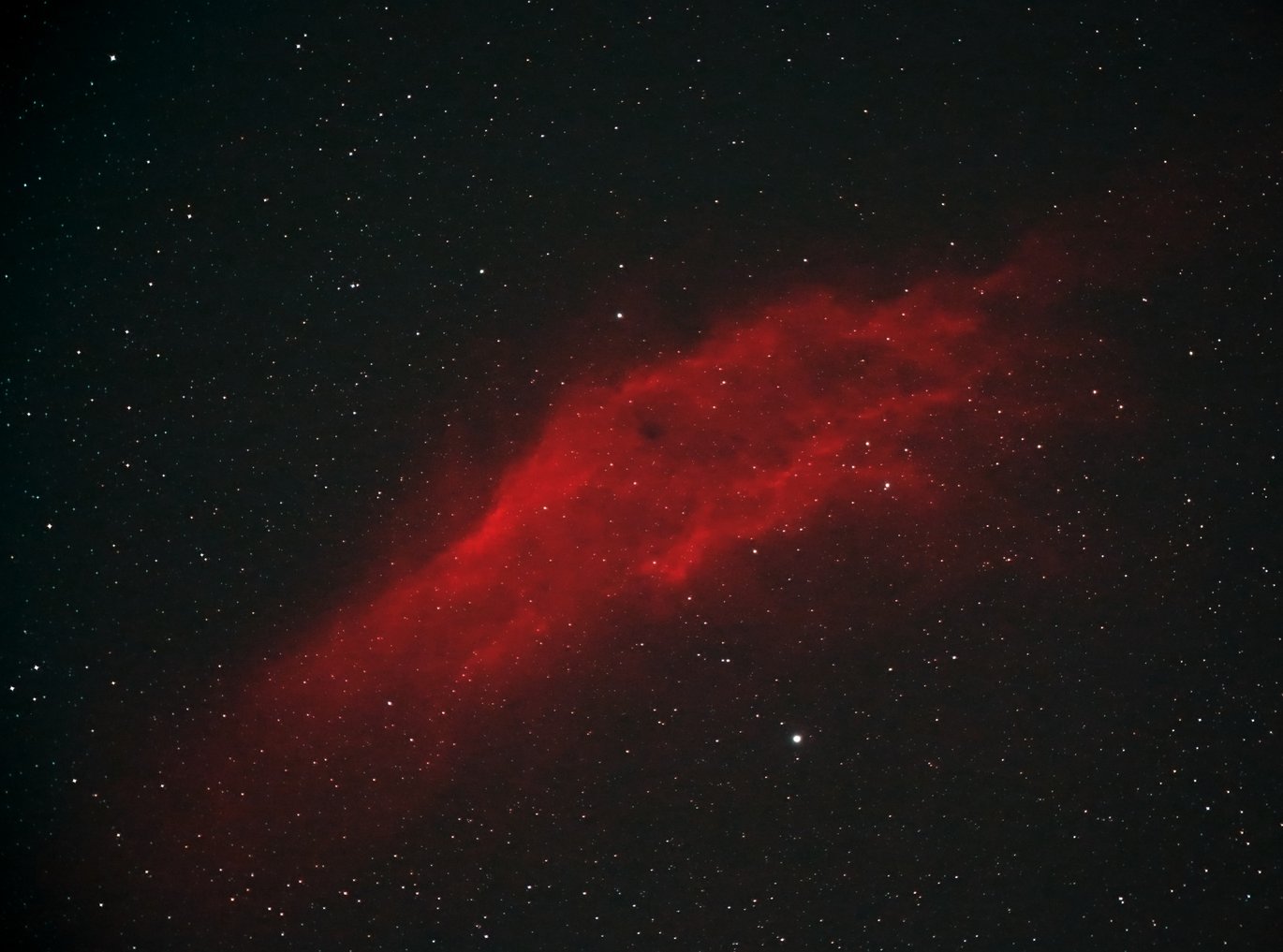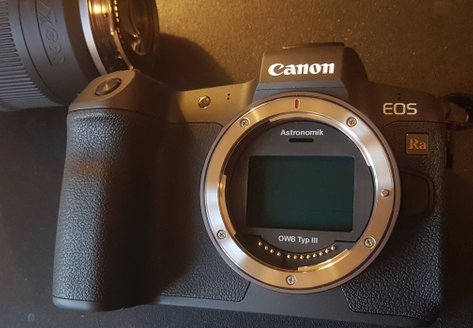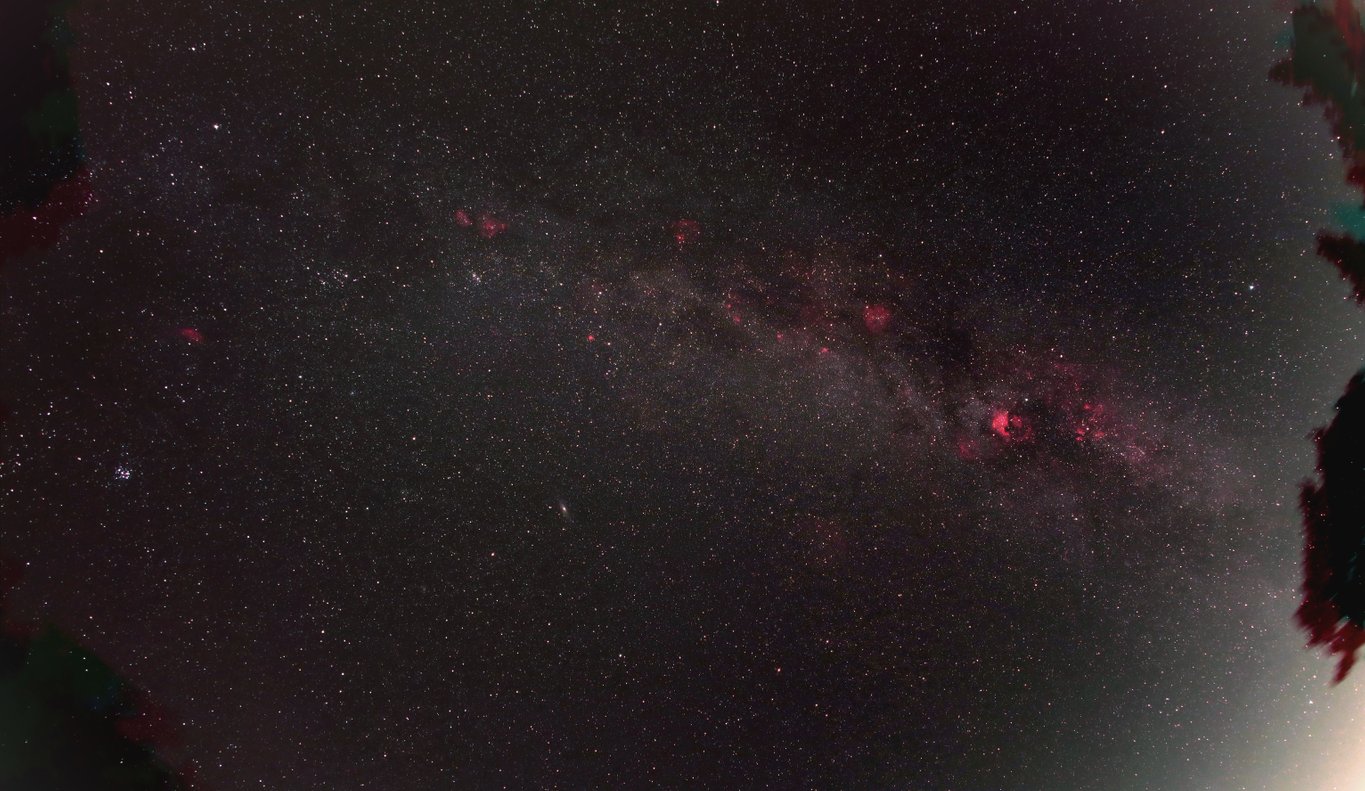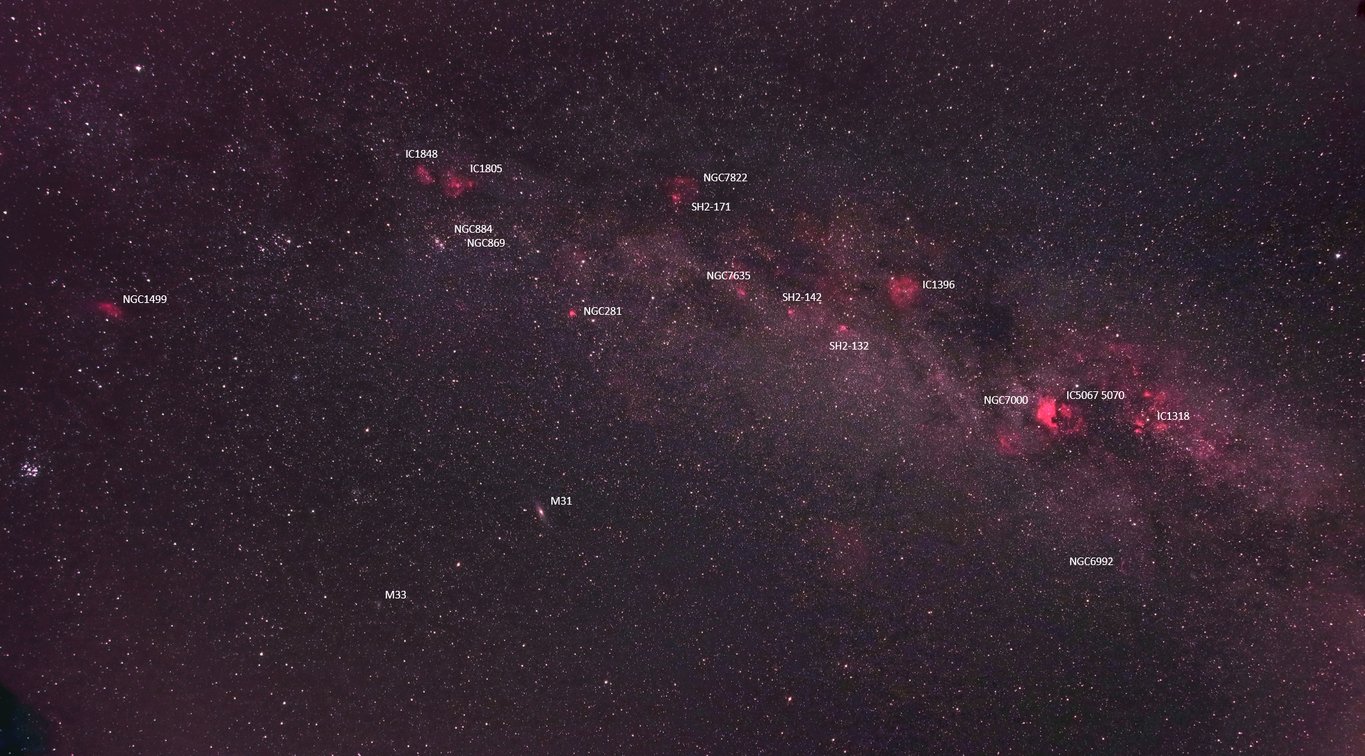Galaxies for Fun Astronomical CCD photos on peculiar galaxies and other astronomical stuff.
www.galaxies.se - by Ivar Hamberg
Waiting to unpack the EOS Ra camera.
A homemade filter holder, with an H-alpha filter.
Some tests of the Canon EOS Ra Astro-modified camera:
In the fall of 2020, I came across a Canon EOS Ra body at a reduced price. It is interesting to see what this astro-modified camera can do for you. There is a lot written and discussed about this camera, both positive and negative.
Generally, I think the line of mirrorless EOS R system cameras is very interesting for various reasons. One notable feature, is that you can easily put in filters between the lens and the camera body, by using a standard EOS lens and a filter adapter in between.
Some discussion points:
- A. The Detector is a large 24x36mm CMOS sensor yielding a low noise level. How good?
- B. The H-alpha sensitivity is said to be 3-4 times of a std EOS camera. How does that show up?
- C. The OLED touch screen gives many handy commands. How does it feel to operate?
- D. Rumors and facts on the web states that the color bleeding in red is somewhat annoying. How does it appear, can it be reduced?
- E. Canon claims the camera should not be used for serious daytime photography. Can that be fixed?
So, I tried to browse through these questions and see what I could come up with.
- The results of my tests will be added step by step during the coming year. Stay tuned.
Some first answers to my discussion points:
- A. The detector?
The 30MP detector and its DIGIC 8 processor does a great job. Comparing with my Canon EOS 7D, the Ra is superior. For real deep sky astrophotography, I still prefer 16-bit dynamics, and cooled detectors, but for easy access and travel, the Ra is fully adequate.
- B. The H-alpha sensitivity is said to be 3-4 times of a std EOS camera. How does that show up?
I took some test images with H-alpha only, as well as full color RGB. The H-alpha sensitivity is very good. Still need to quantify this.
- C. The OLED touch screen gives many handy commands. How does it feel to operate?
It feels very user friendly, it is a pleasure to use.
- D. Rumors and facts on the web states that the color bleeding in red is somewhat annoying. How does it appear, can it be reduced?
For very strong point objects, there is some red color bleeding (somewhat comparable to blooming, but not the same). It should be noted that this can occur on ordinary CCD cameras (both bleeding and blooming) as well, but most often not so prominent. The high H-alpha sensitivity of the Ra makes it maybe extra vulnerable. One should not overexpose too much. Avoiding this, limits the unwanted effect. Also, the color bleeding can be reduced substantially by some image processing. A simple light-to-medium color smoothing in Maxim DL helps. See image below.
- E. Canon claims the camera should not be used for serious daytime photography. Can this be fixed?
Yes, to a high degree. One way to do it is to mount the Astronomik OWB filter (Original White Balance). Works quite well!
More details and tests to be added going forward.
NGC 1499 area. Short std RGB exposure:
Only 30 sec ISO 3200. Some vignetting by the telescope.
NGC 1499. Exp with H alpha filter:
2 min ISO 16000
NGC 1499. California nebula. Combined image with 30 sec RGB, and 120 sec H alpha filter:
Mild image processing in MaximDL. The resulting image shows almost no bleeding colors. Fully acceptable.
Astronomik OWB filter installed in the camera:
With this filter you can enjoy daytime photography. The filter cuts down the far-red portion, and restores the red sensitivity to a normal level for RGB photography.
All Sky view:
Canon 8-15mm Fisheye lens. At 8mm, only 30 sec.
All Sky view:
Canon 8-15mm Fisheye lens. At 15 mm Focal Length.
Ha exp + OIII exp + normal RGB exposure added.
(220 sec + 180 sec + 360 sec.)
